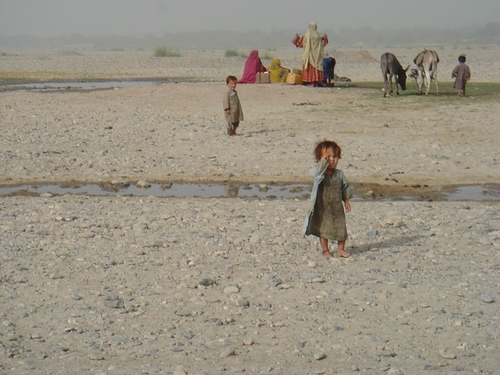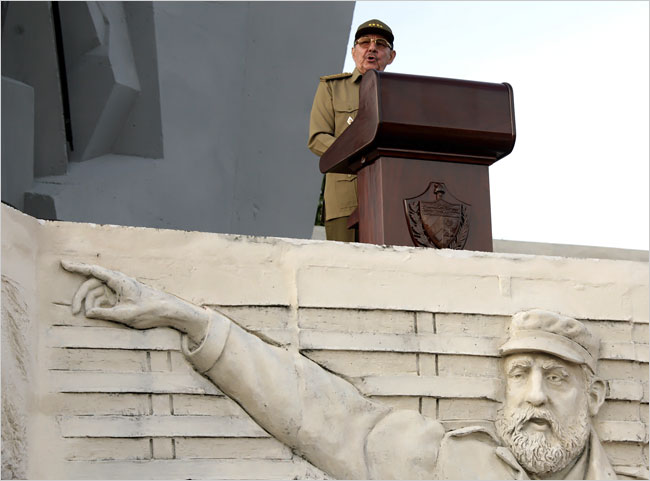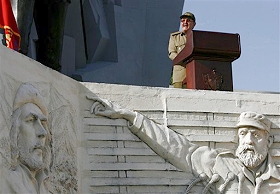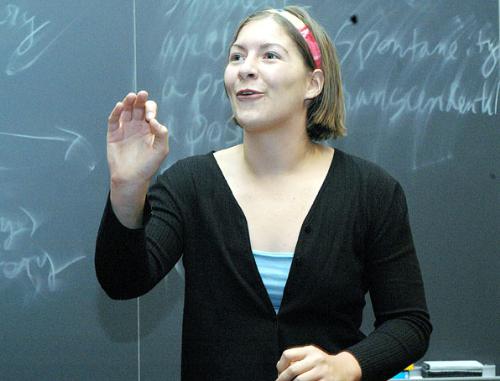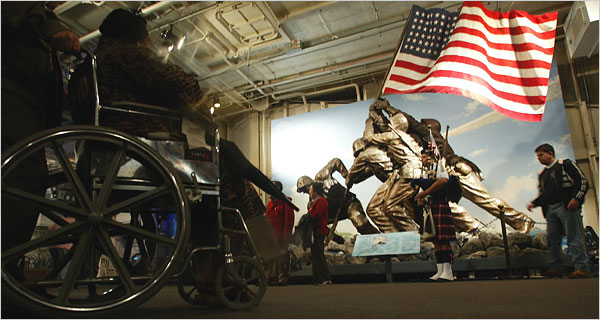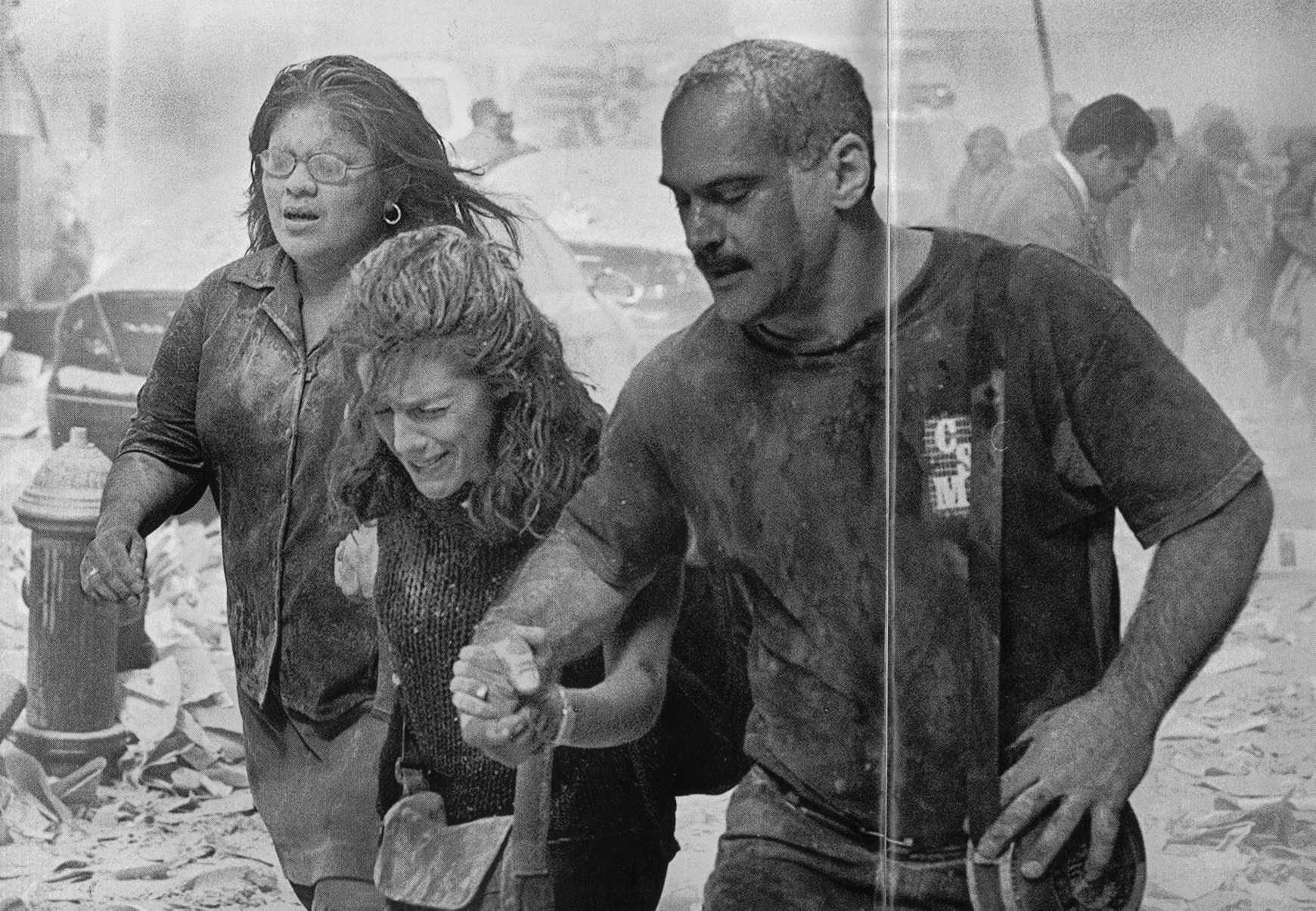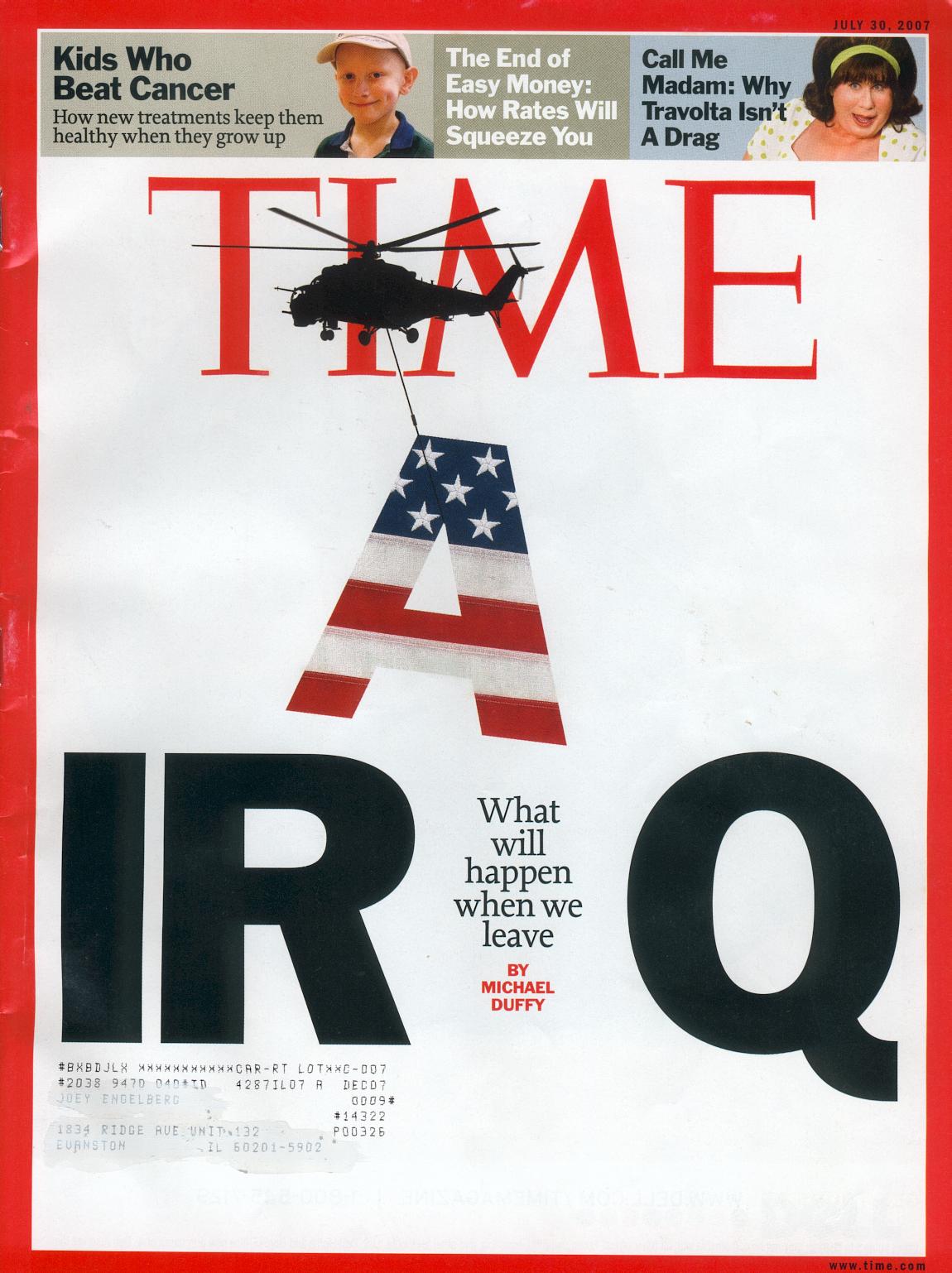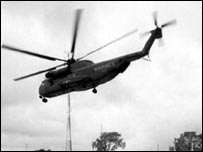Joystick Soldiers: The military/war video game reader
Edited by Nina B. Huntemann and Matthew Thomas Payne
The editors seek essays on military/war-themed video games which explore the multifaceted cultural, social, and economic linkages between video games and the military. The collection will feature scholarly work from a diversity of theoretical and methodological perspectives, including: close textual readings of military-themed video games; critical histories of game production processes and marketing practices; and reception studies of video war gamers, fandom, and politically resistant game interventions. As there is no other collection of its kind, Joystick Soldiers will make a significant contribution to the breadth of work shaping the burgeoning field of game studies, complementing analyses concerning the Military-Entertainment Complex, and offering diverse insights on how modern warfare has been represented and remediated in contemporary video games. The editors invite junior as well as established scholars to submit, and welcome cross-disciplinary work from sociology, cultural studies, anthropology, history, military studies, psychology, economics, media studies, visual communication, graphic arts and game design, education, and so forth.
We are looking for submissions that address a wide range of topics from diverse methodological approaches, including but not limited to:
–Use of games for training, recruitment, propaganda (serious games)
–Video games and military ideology (or Military-Entertainment Complex)
–Representing / playing soldiers, terrorists, & civilians
–Global reception of America’s Army and other “pro-US” war games
–Production of war video games
–War video games across genres (e.g., FPS, RTS, RPG)
–Playing war video games of past & near-future conflicts
–War game mods and other user-generated content
–Machinima as social commentary on war (e.g., Red vs. Blue)
–Games and resistance (non-combat games, in-game protests, diplomacy as alternative to force)
–Game for peace
–Networked war games in different spaces (LAN parties, on-line, mobile).
–War games and post-traumatic stress disorder (PTSD)
We are interested in defining “military/war” video games widely, but not so widely as to be useless for critical analysis. The following is a partial list of war video games we hope to include, but submissions for scholarly work about other games are welcome, for example games based on past wars (Battlefield 1942; Call of Duty, etc) and non-US based games.
–Marine Doom
–Counter-Strike & its mods
–America’s Army & America’s Army: Rise of a Soldier
–Battlefield 2: Modern Combat
–Close Combat: First to Fight
–Conflict: Desert Storm II – Back to Baghdad
–FA-18 Operation Desert Storm
–Freedom Fighters
–Full Spectrum Warrior & Full Spectrum Warrior: Ten Hammers
–Kuma War
–Ghost Recon 3: Advanced Warfighter
–Operation Flashpoint: Resistance
–Rainbow Six 3: Raven Shield
–Sniper Elite
–SOCOM
–Under Siege, Under Ash, and Special Force
Please submit a 500 word abstract and short bio (100 words max) by September 17, 2007 in Rich Text Format (RTF) to Nina Huntemann and Matthew Payne at joysticksoldiers@gmail.com. We expect final papers will not exceed 5000-7000 words and will be due December 10, 2007. Feel free to repost this CFP on relevant lists. Please contact us if you have questions about potential essays or the book project in general.
1 Comment

